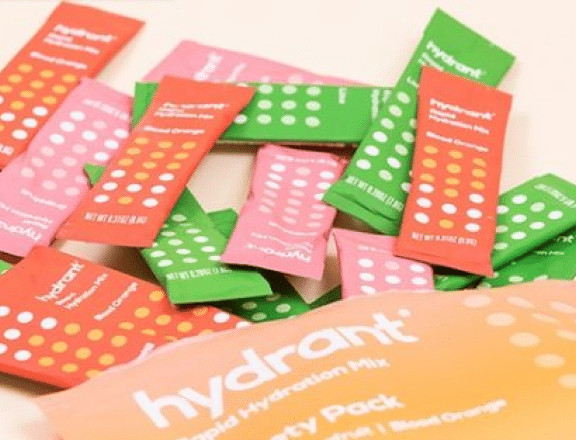This retailer uses web, email, and catalog marketing but also has an outbound sales team that calls loyal customers to offer them additional products. Because this outreach is time-consuming and expensive compared to other methods, the retailer wanted to predict which customers would be most likely to make a purchase. They also wanted to call at the right time of day to increase the chance the customer would pick up the call and engage.
With so many factors determining each customer’s likely response to a call, their established tactics using historical data and intuition weren’t sufficient to increase conversion rates and boost revenue. However, predictive modeling is ideally suited for recognizing complex patterns in customer data that predict these behaviors. Pecan’s platform turned out to be a great solution to this retailer’s dilemma.
Challenge
Evolving offline and outbound methods to a future-driven approach
This company’s sales team was focused on direct phone and email outreach campaigns, targeting existing leads from a large potential customer base. The sales team had multiple KPIs they were optimizing for, including overall conversion and response rates from their target list.
The retailer had been working with a third-party predictive analytics vendor, but had faced challenges in gaining guidance regarding best practices and generating actionable predictions. They also hoped to find a solution that would accelerate time to value and that could be managed by the existing team of business analysts.
Solution
Quick connections and model building — taking just 2 hours of customer’s time for full setup
Pecan’s platform ingested the retailer’s raw historical sales and customer data, including CRM data and promotional history. Additionally, Pecan enriched the retailer’s data with U.S. sociodemographic and national calendar (e.g., holidays, weekends) information for additional predictive power.
With all that data, Pecan built a predictive model for upsell likelihood from the platform’s templated models. The model was trained, tested, validated, and deployed in less than two weeks. In addition, the primary stakeholder spent just a couple of hours consulting on this process, a significant improvement on the extensive collaboration and long timelines often required for collaboration with traditional data science teams.
Results
71% conversion rate increase and more potential buyers identified
With their first model, this retailer achieved a 12% conversion rate—boosting their historic conversion rate by 5 percentage points. The sales team also achieved an over 20% increase in answer rates and identified and segmented potential buyers into several categories.
This likelihood analysis, combined with the increase in conversion rate, allowed the sales team to focus more on top leads more likely to purchase, increasing sales volume and average order value.
Explainable predictive models provide further keys to success
In addition to addressing this retailer’s upsell and conversion challenges, Pecan’s automated feature engineering and explainable predictions helped the retailer understand other critical information influencing sales success. In particular, they could determine critical details about geographic locations, the best marketing channels for peak customer engagement, and other factors that continue to help the team optimize its performance.
Breaking through the noise in an omnichannel marketing environment isn’t easy. But this retailer successfully leveraged Pecan’s actionable predictions not only to get customers to answer their phones more often — an accomplishment in today’s world! — but also to boost sales reps’ productivity to new heights.


